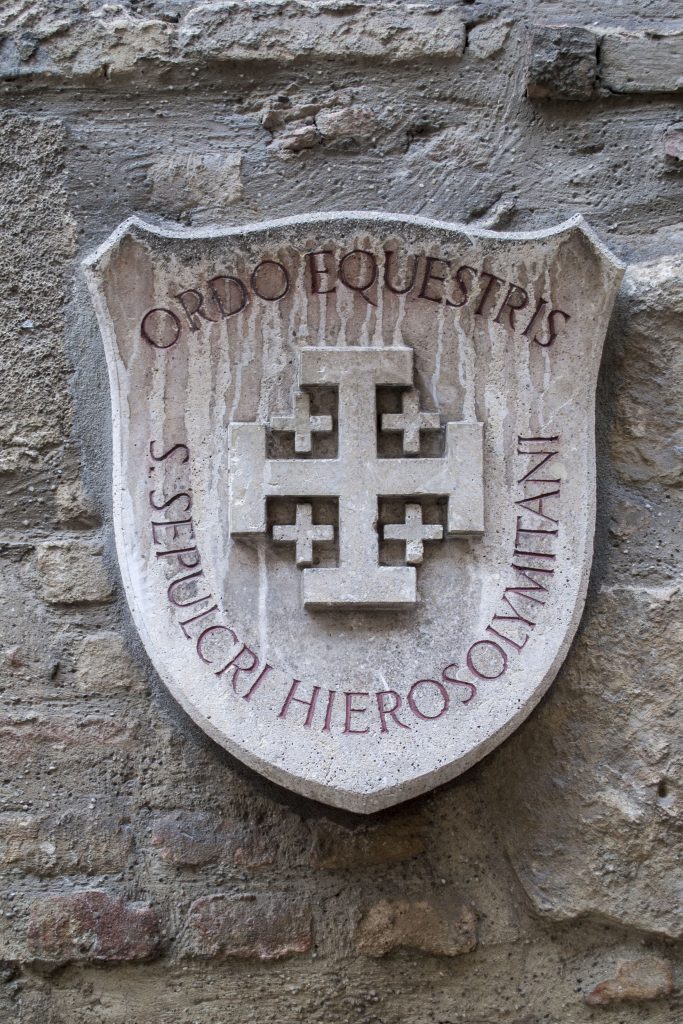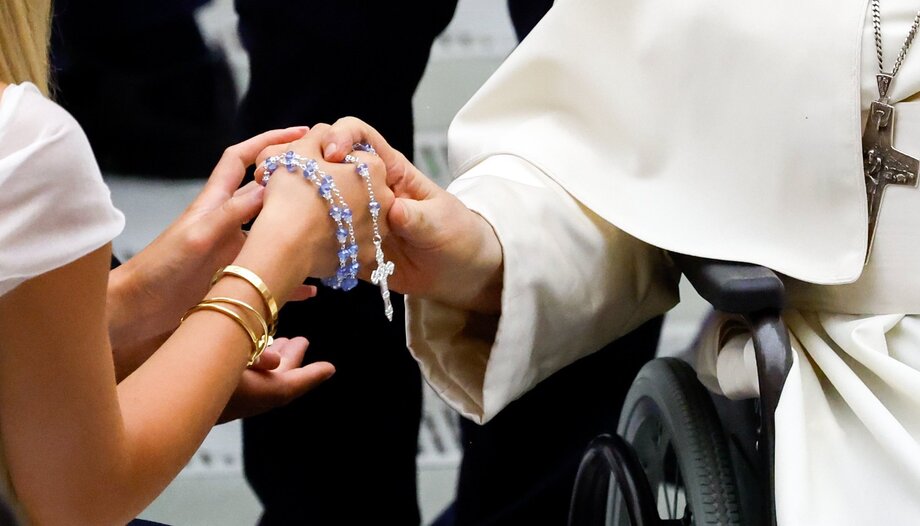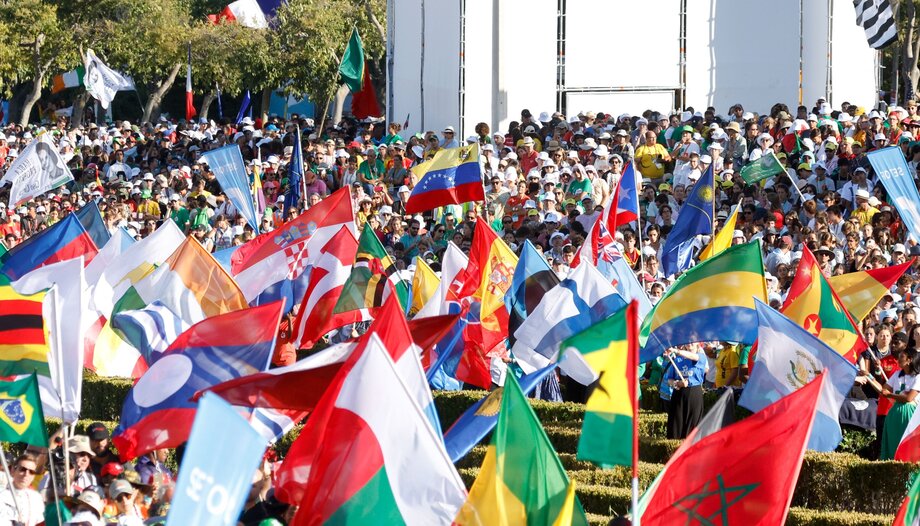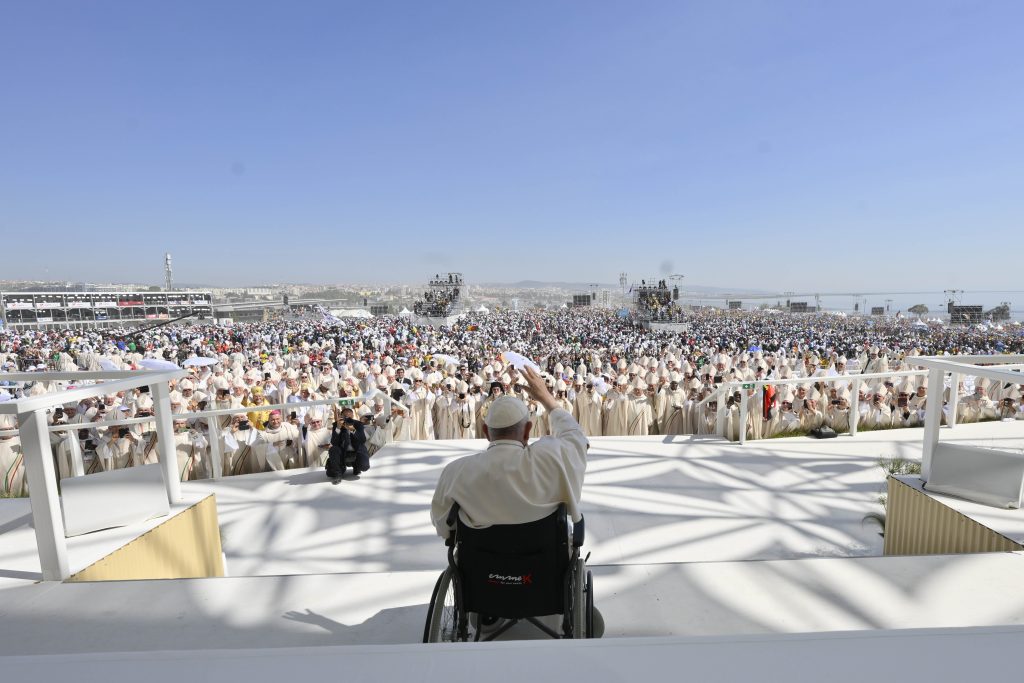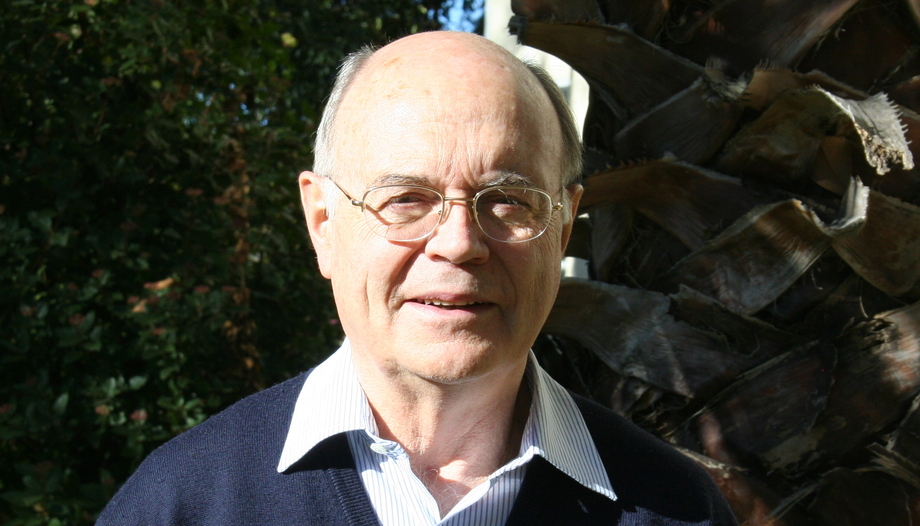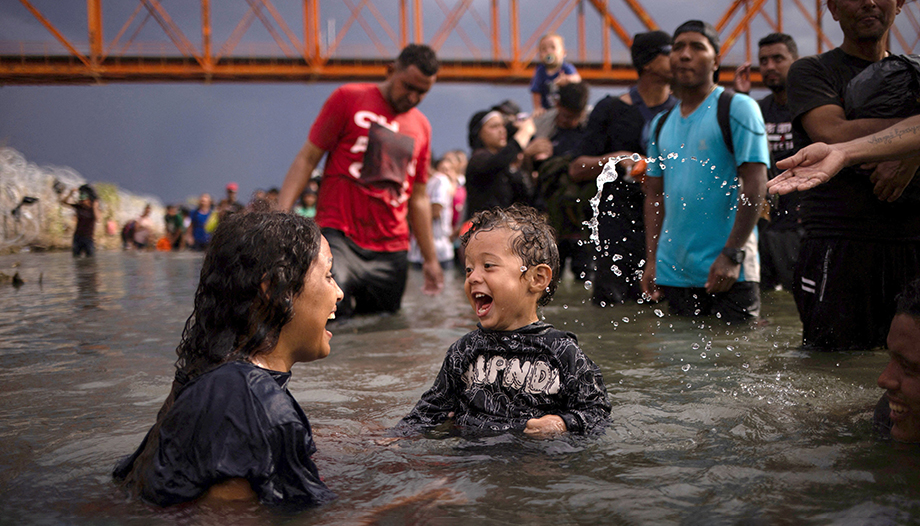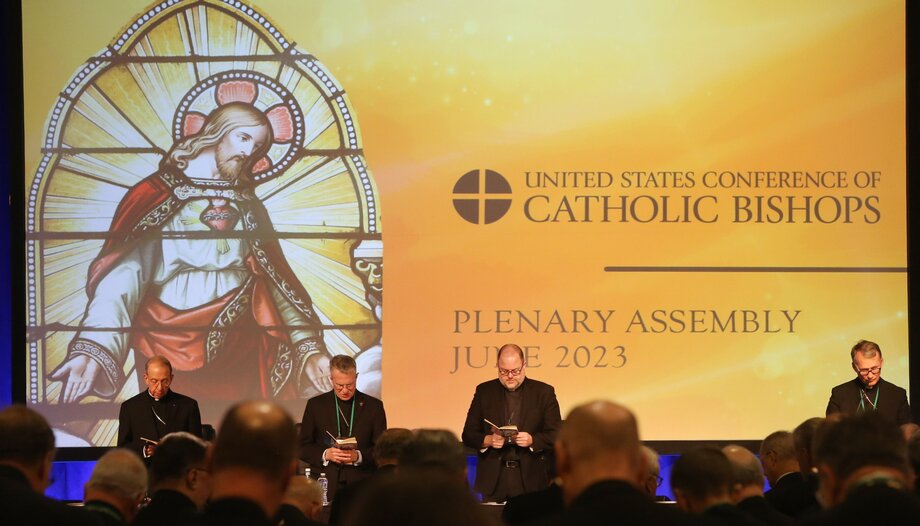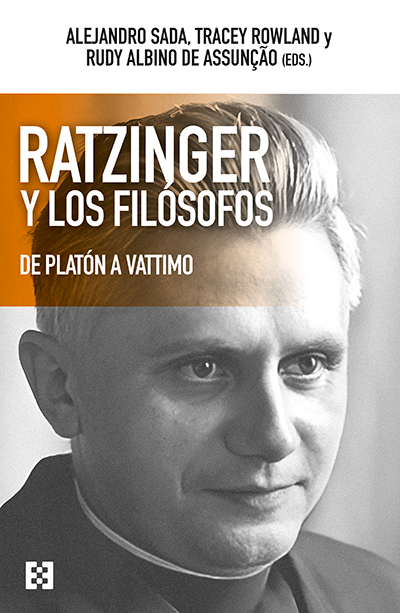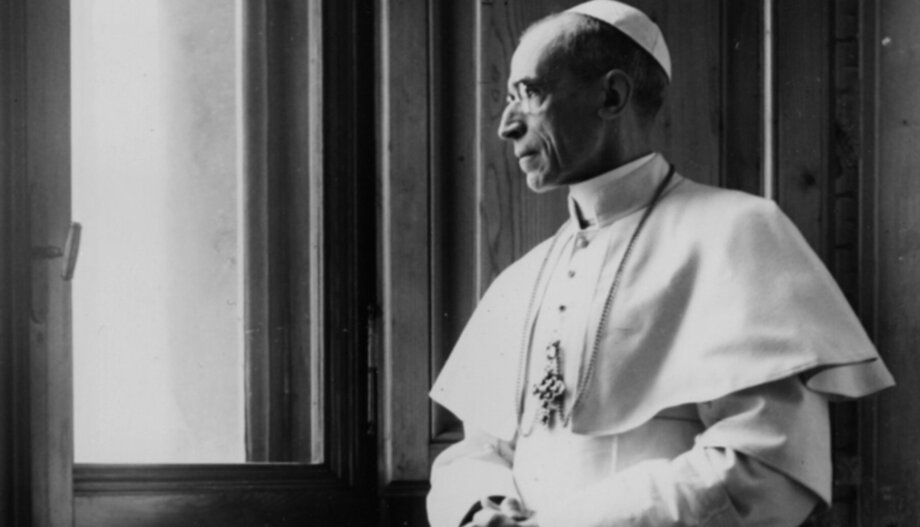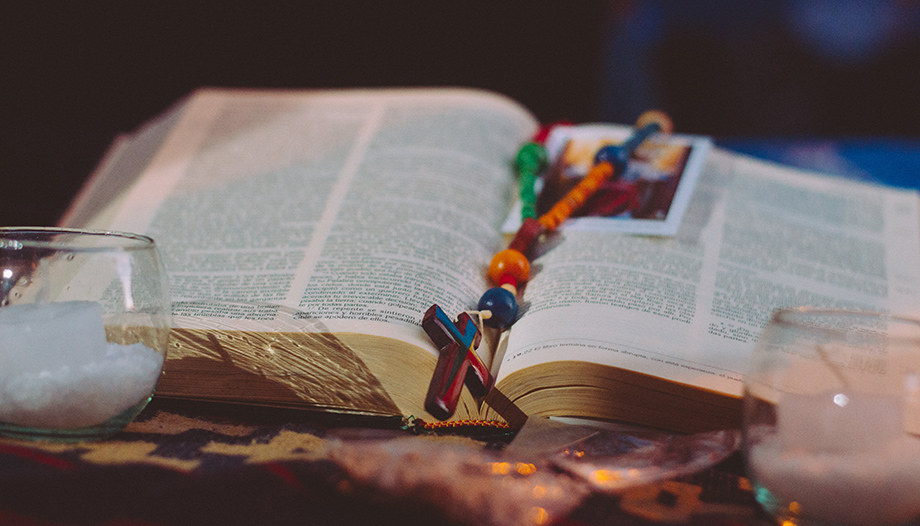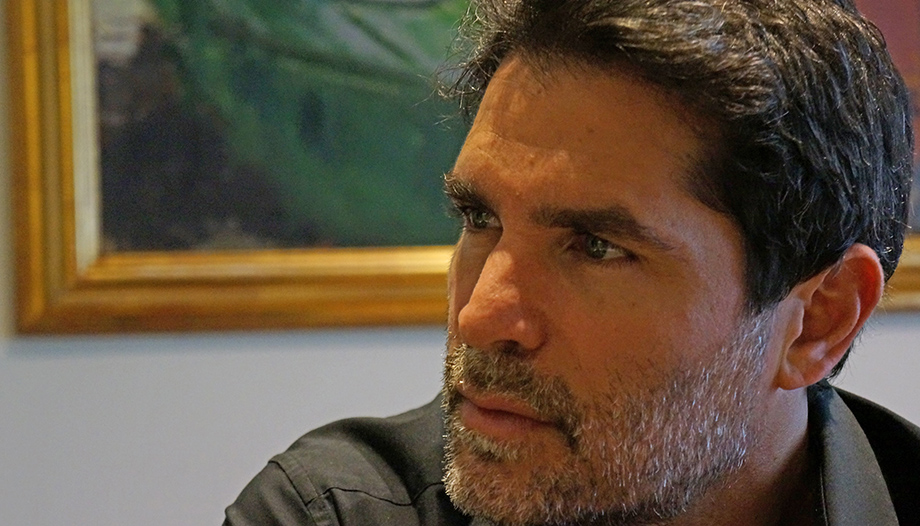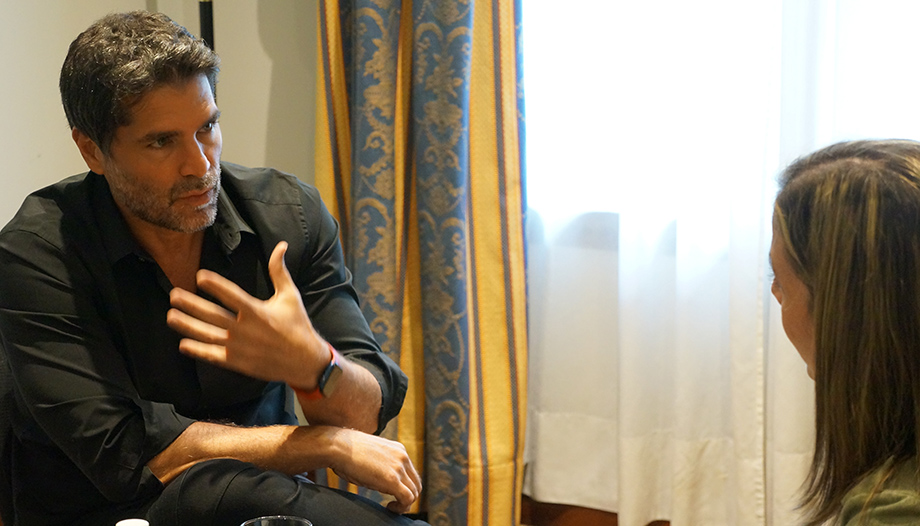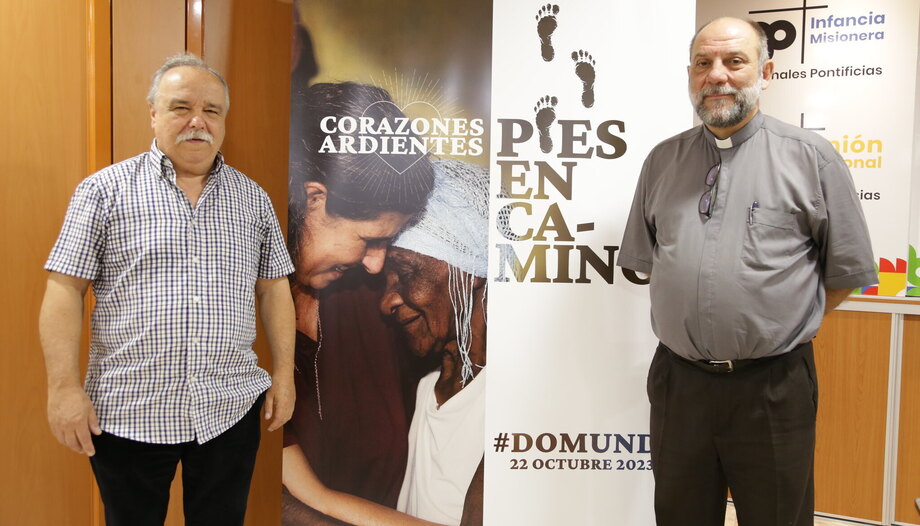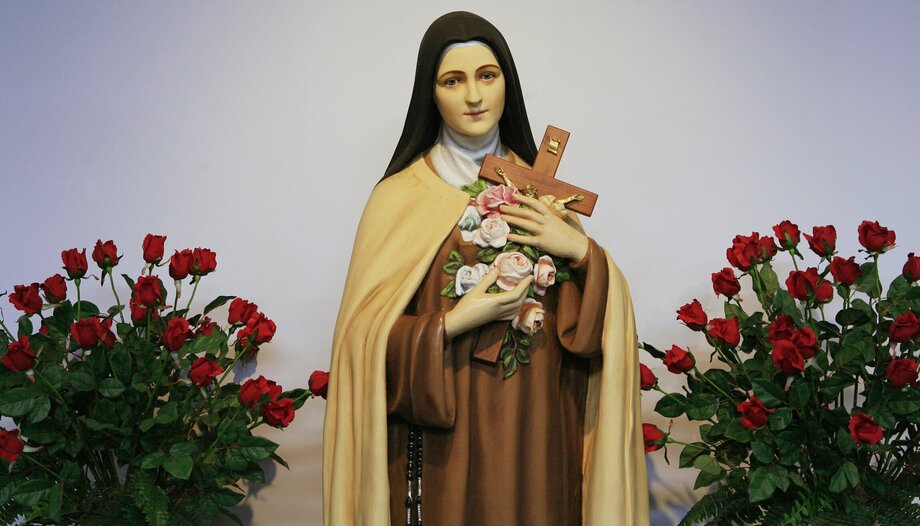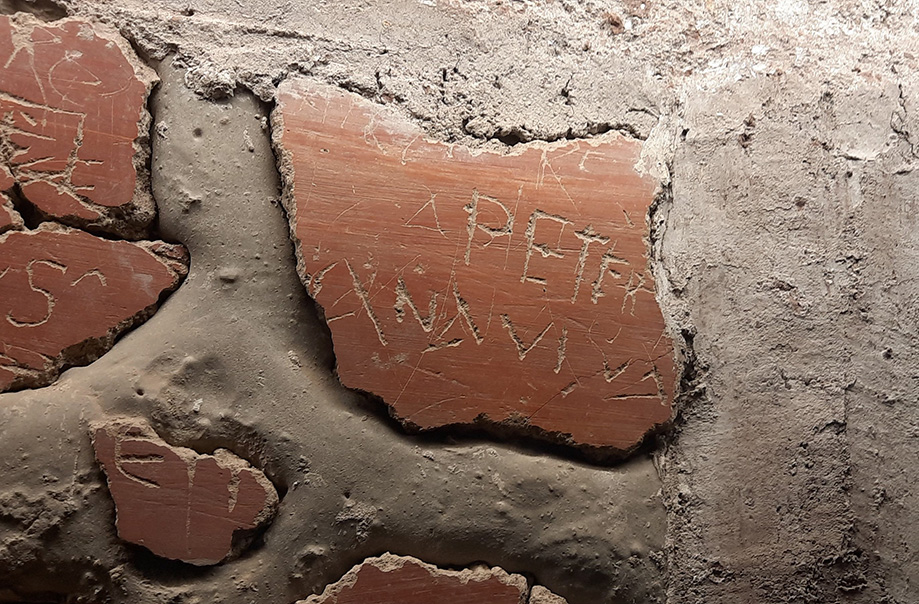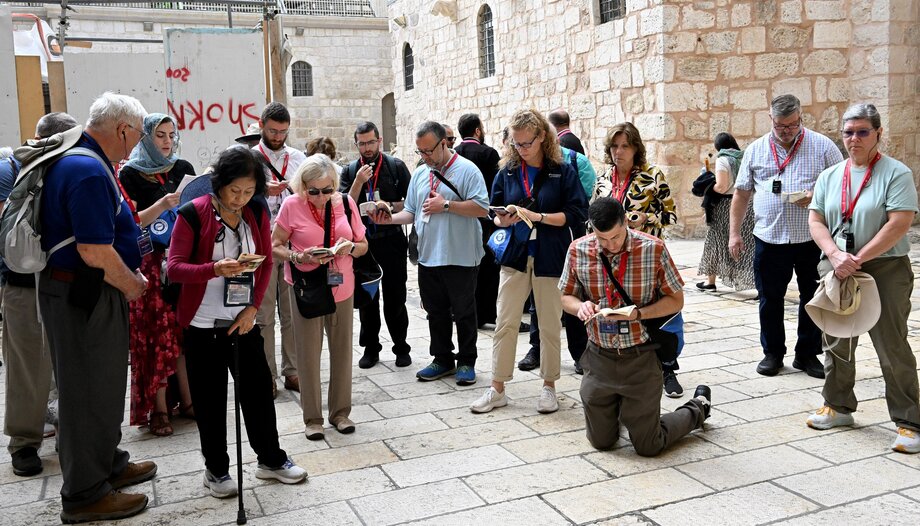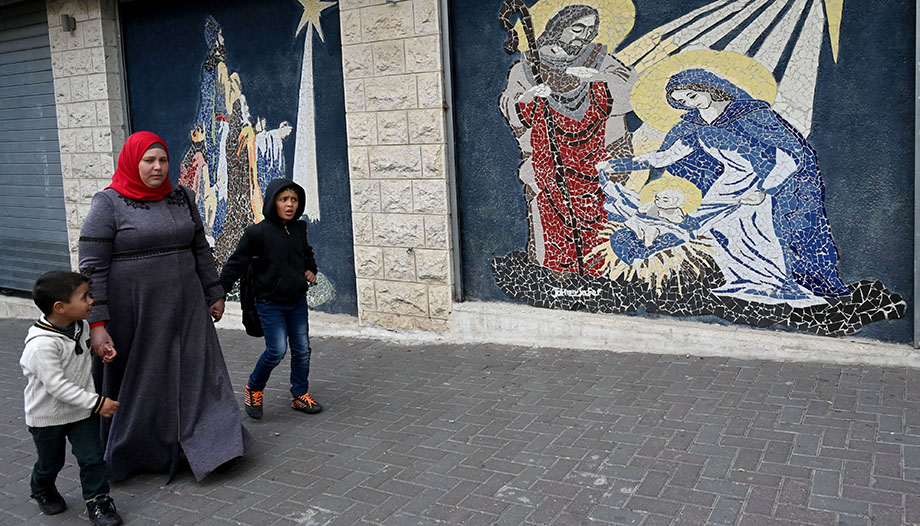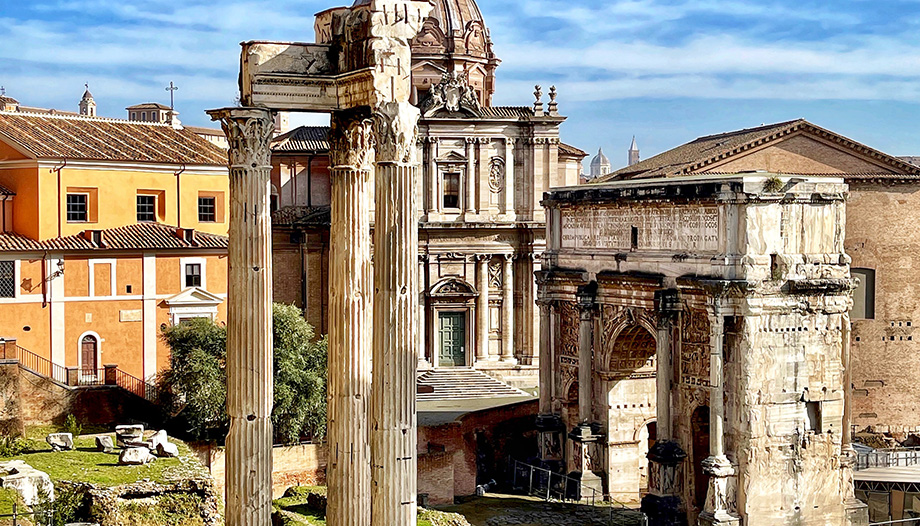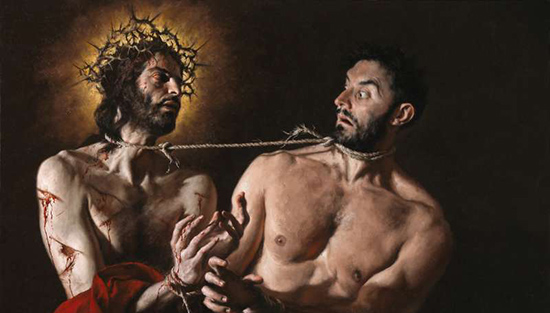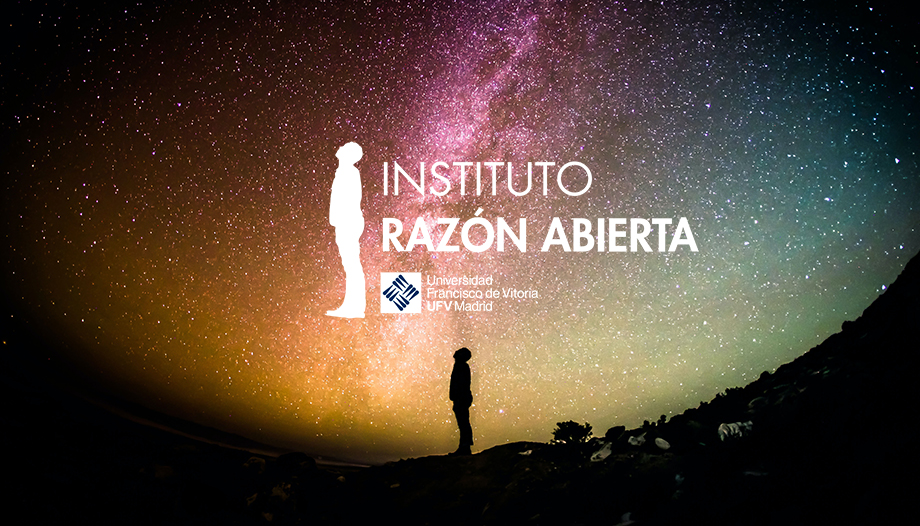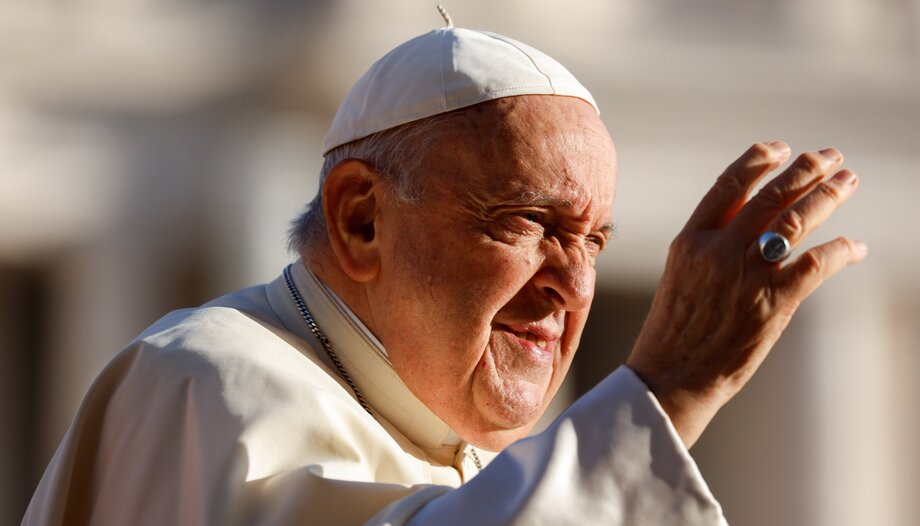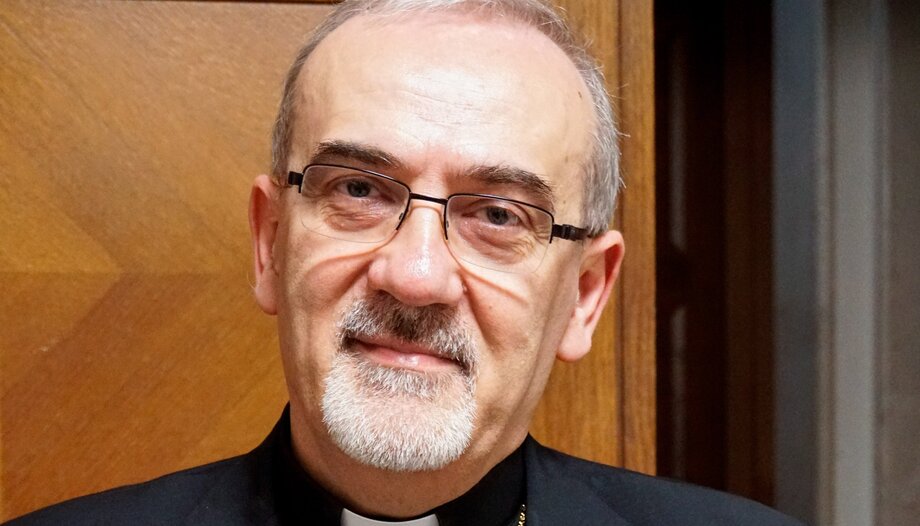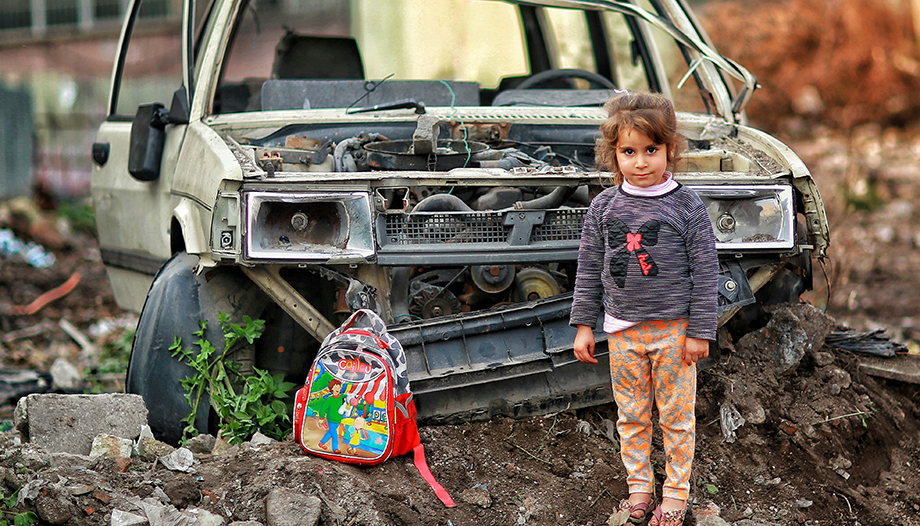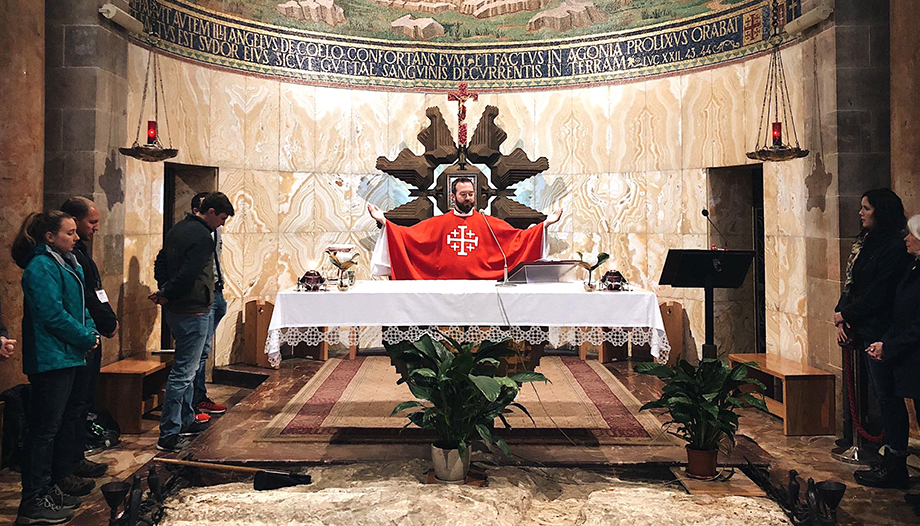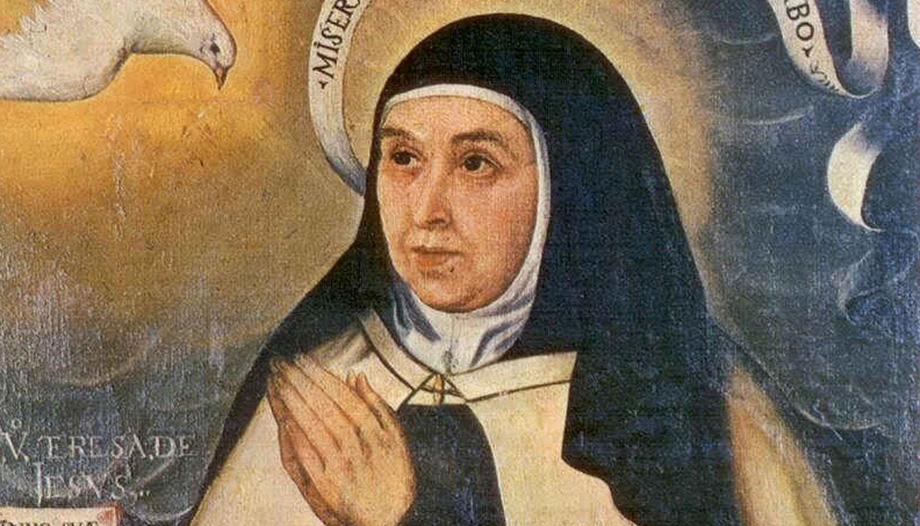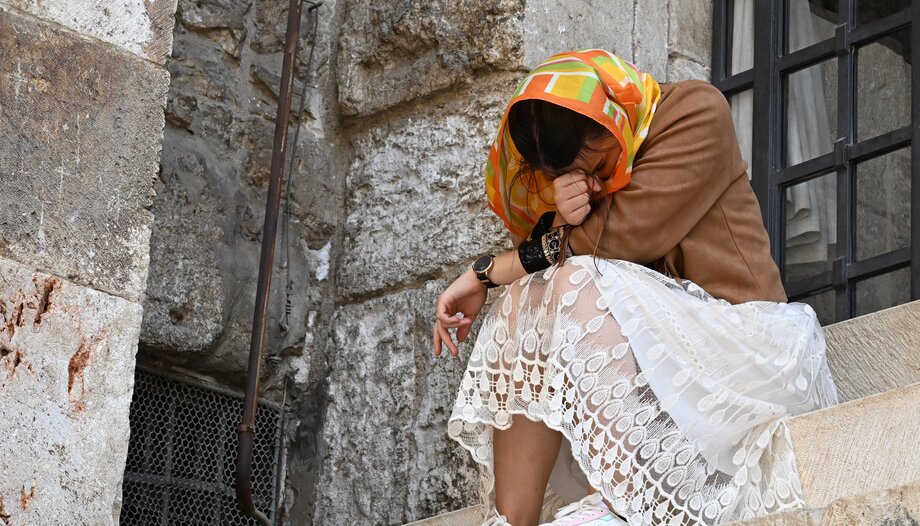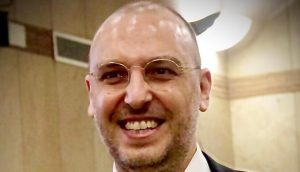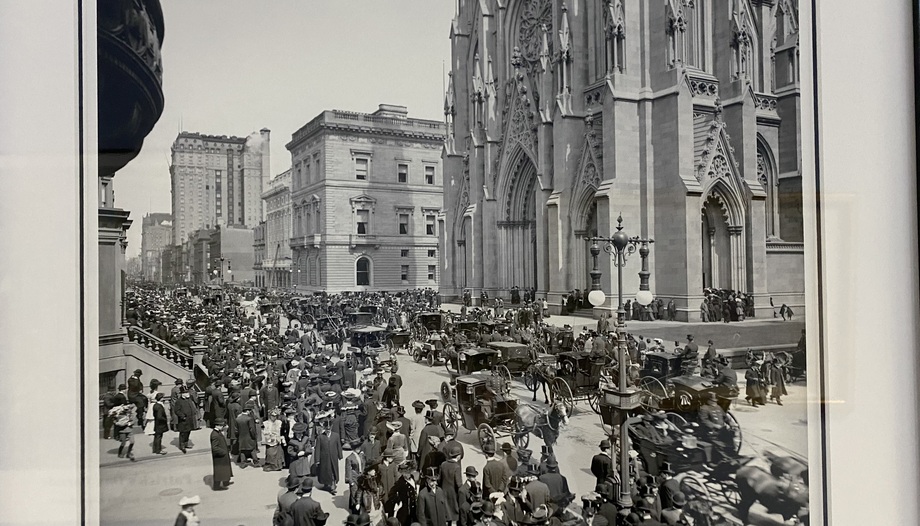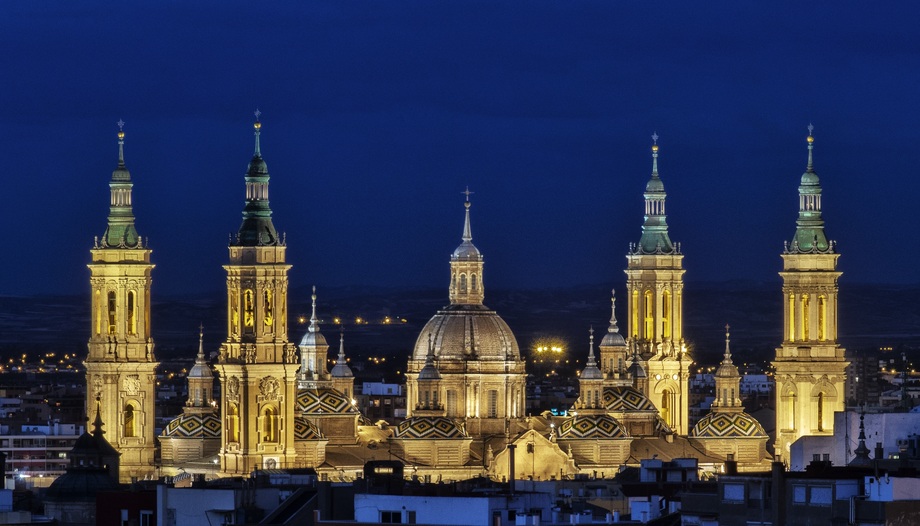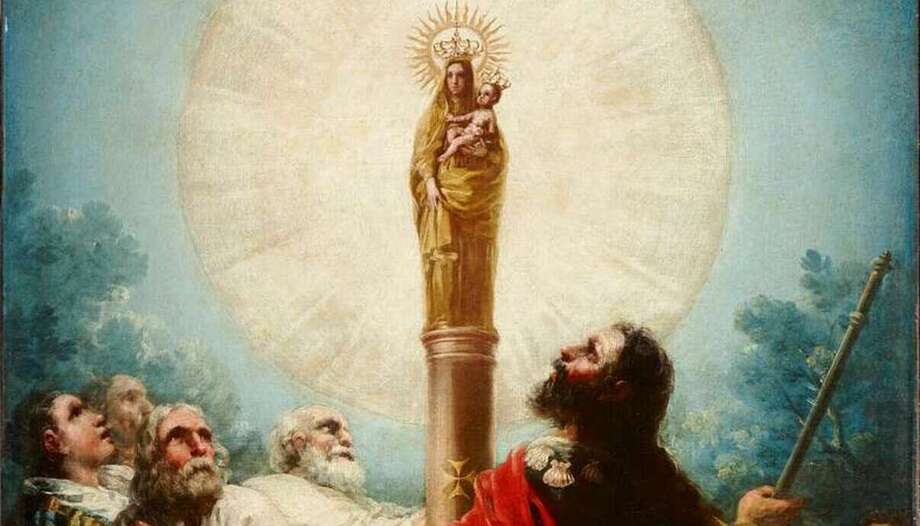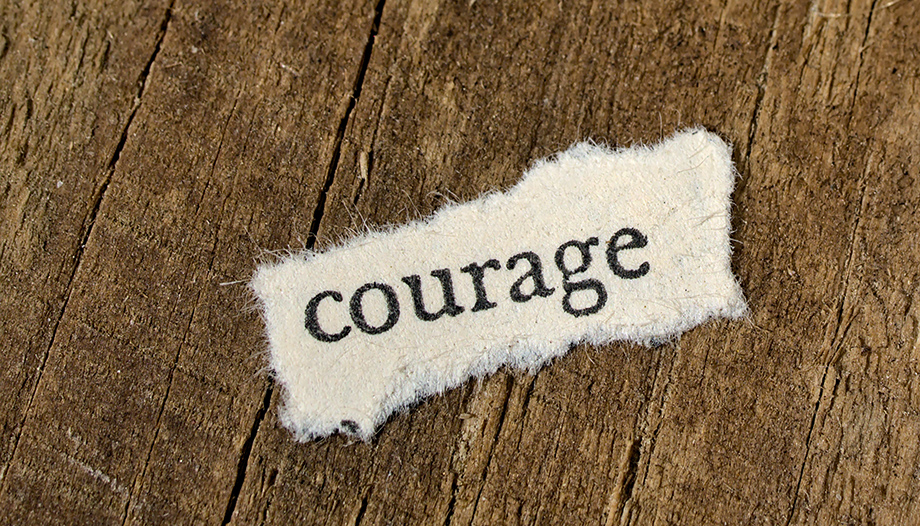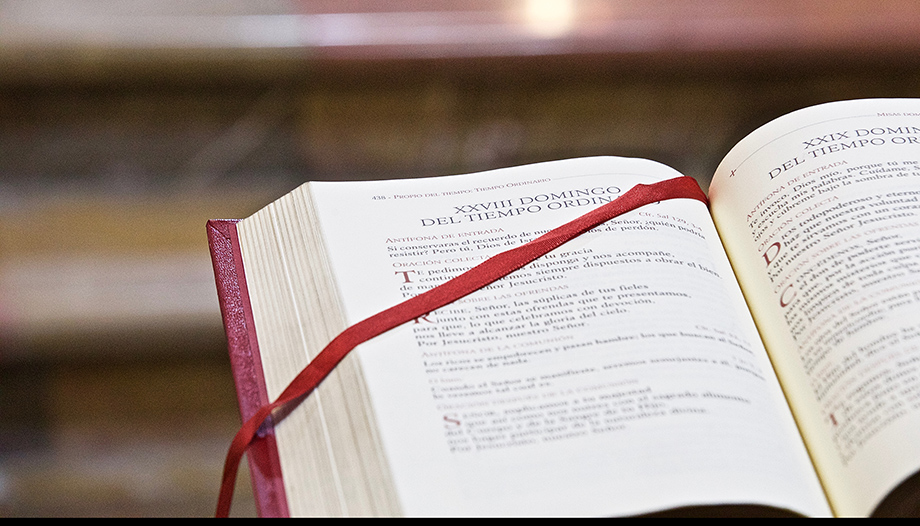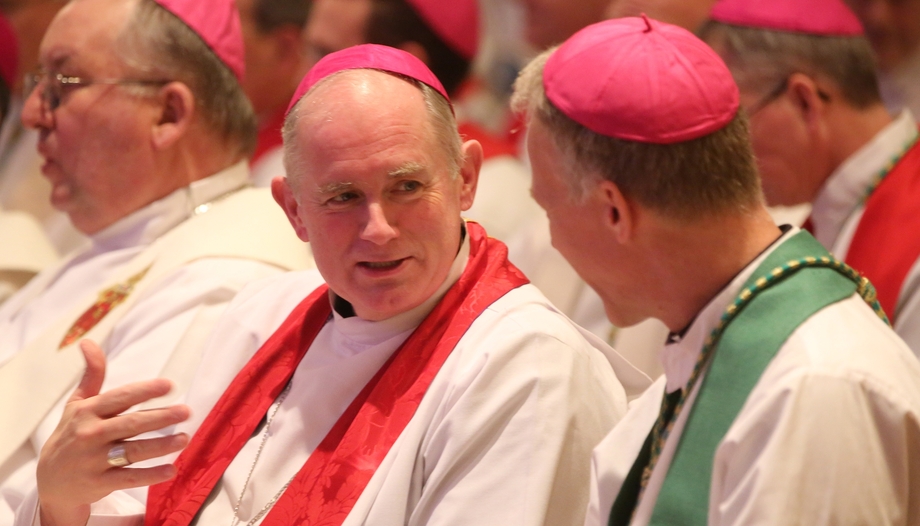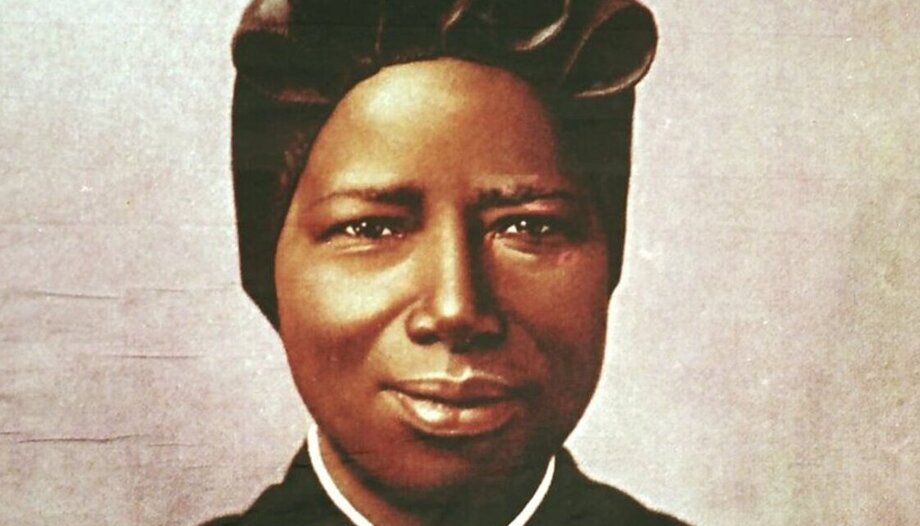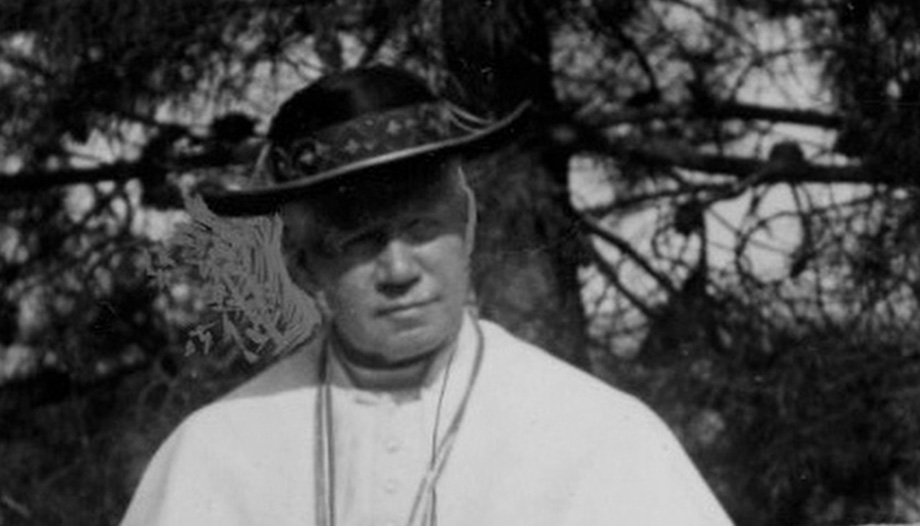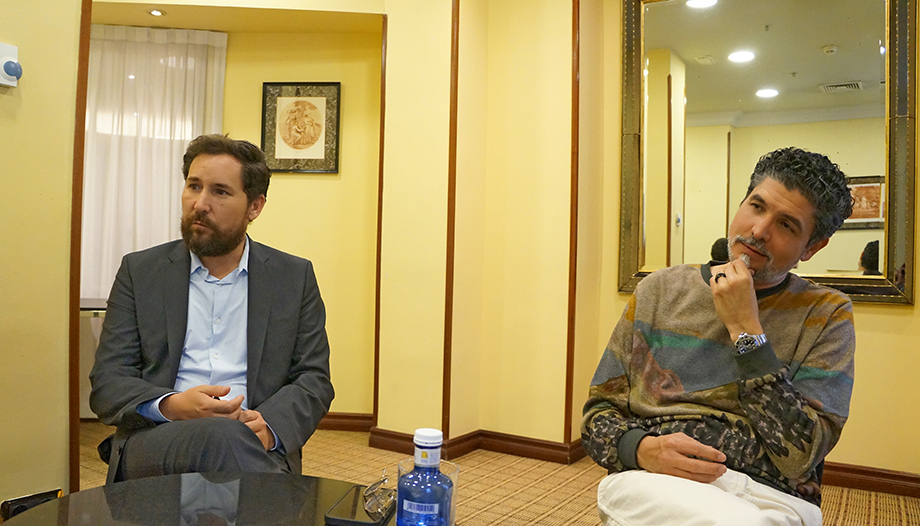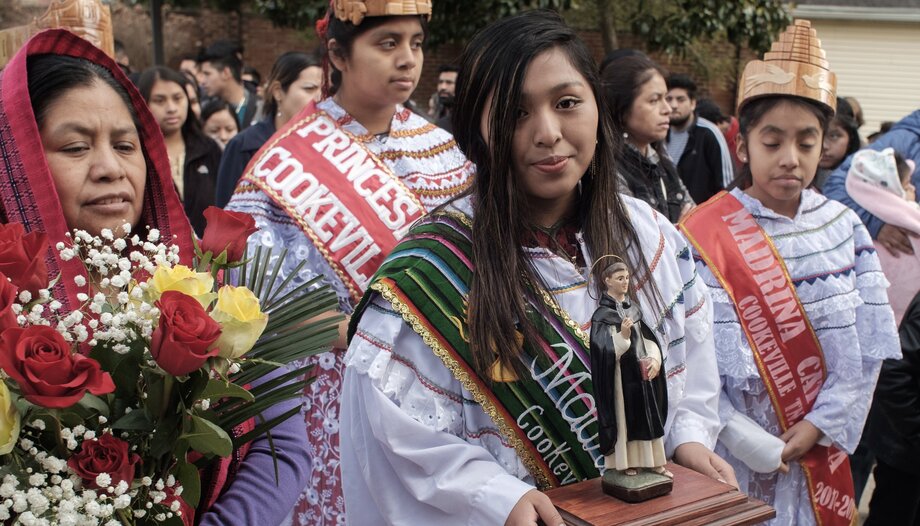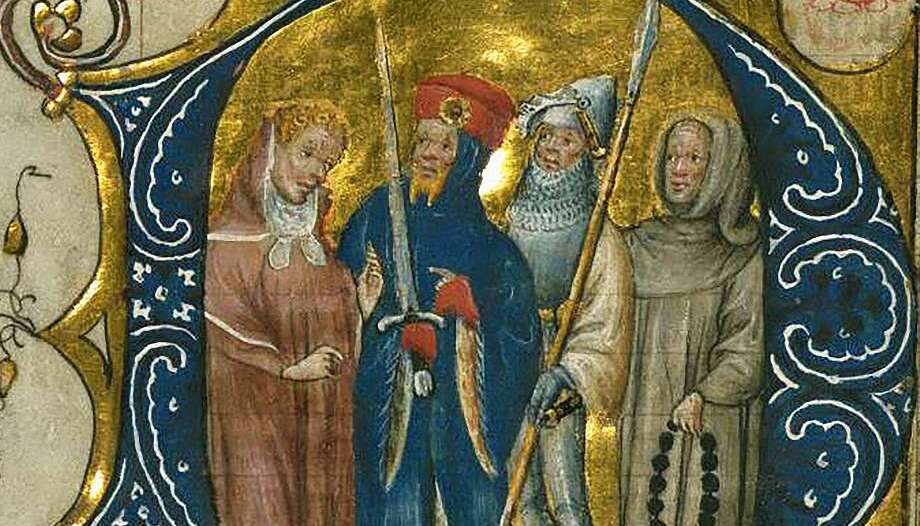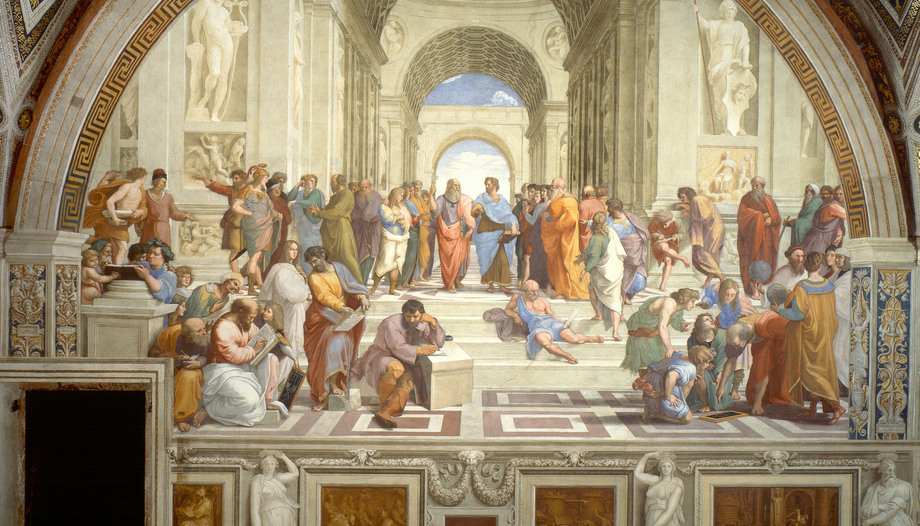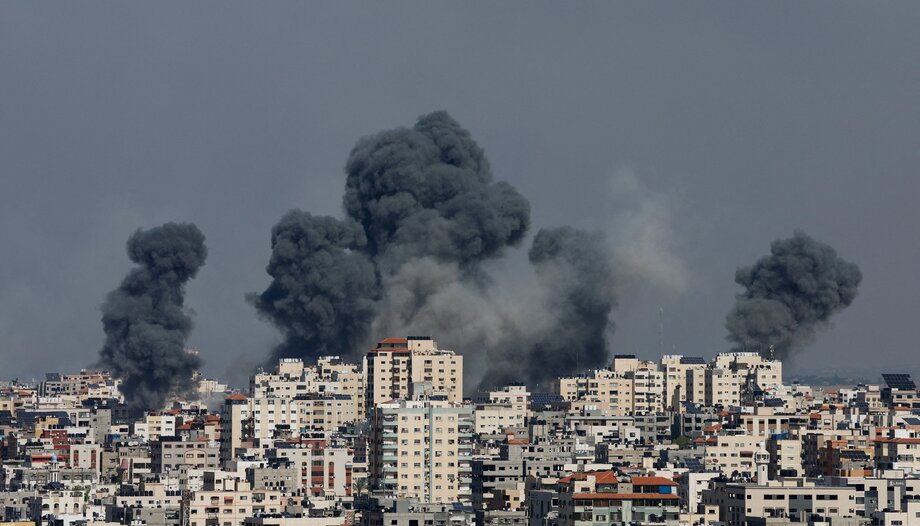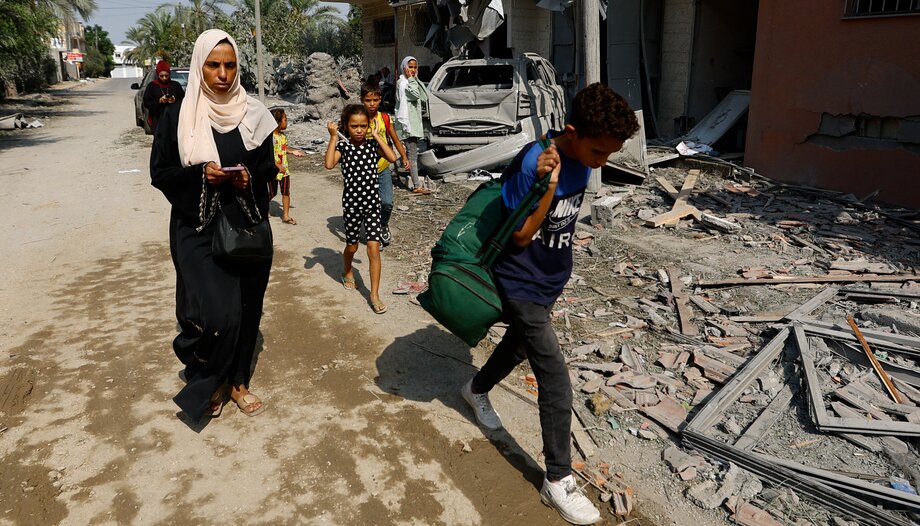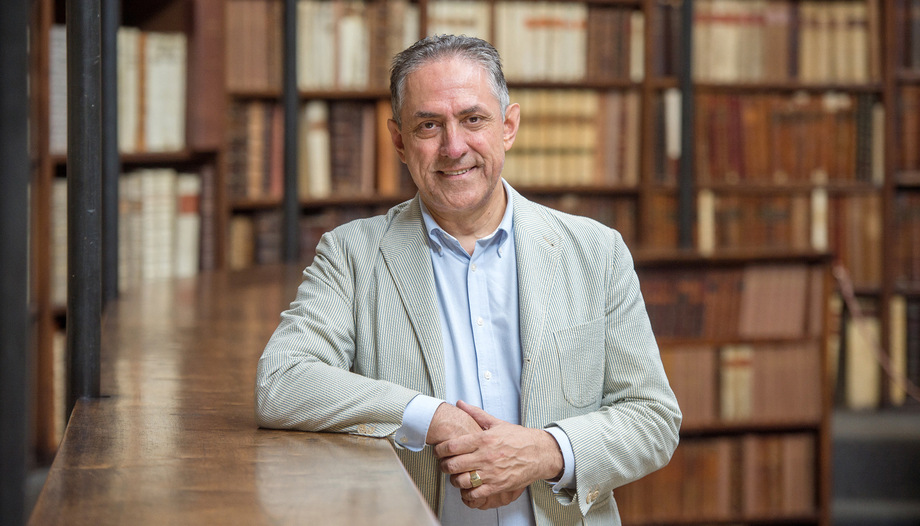The work of the first session of the XVI Ordinary General Assembly of the Synod of Bishops, which is being held these weeks in the Paul VI Hall of the Vatican, is proceeding according to plan. As we write, half of this journey of discernment and reflection has already been completed, involving three hundred and fifty people, including voting members and participants, cardinals of the Curia, bishops, men and women religious, lay people from different parts of the world, accompanied by the constant presence of Pope Francis.
The phases of the work alternate between General Congregations (20 in total) and Minor Circles (35 small groups per language), while the discussions follow the structure of the Instrumentum laboris, prepared in recent months by the General Secretariat of the Synod and fruit of the journey of the previous two years, carried out first in individual dioceses around the world and then at the level of Episcopal Conferences by geographical areas.
A puzzle in the making
This first session of the Synod of Bishops, therefore - and this has been repeated several times - is just one more piece of a puzzle that has been being put together since 2021 and that will only see its culmination at the end of the second session, which will take place in October 2024, when the final concluding report will finally be handed over to the Holy Father. It will be up to him to decide whether or not to use it as the basis for a new post-synodal Apostolic Exhortation.
The debate on the eve of the work of this month of October, but it is more correct to say since Pope Francis called for this Special Synod on Synodality focused on communication, participation and mission in the Church, there has been much focus on the "risks" of such a "process", which could lead the Church - say those most concerned - to change its doctrine and damage Tradition.
Risks and concerns
Those who have closely followed the work of the previous Bishops' Assemblies of the last pontificate -family, Amazonia, youth- remember how this 'concern' was always present, even before knowing the progress of the work and in advance of the fruits of the discussion and the text of the Exhortation that followed it.
A media 'noise', and not only that, which in fact catalyzed the attention of public opinion on topics that probably did not arouse so much interest, at least among the usual faithful.
The same thing has happened this time, even with the direct exteriority of some cardinals, authors of so-called dubiaThe Pope has responded in the first instance to these requests, which at first glance fall outside the very understanding of synodality as it is conceived.
What is happening in the Vatican in recent weeks, in fact, and the testimonies coming from those who are actually participating in the debate, given for example to journalists during the almost daily briefings at the Holy See Press Office, describe an atmosphere of real confrontation - possibly even "animated" in some cases - in which the element of discernment is privileged at the same time, accompanied by many moments of prayer. No one can hide this aspect, nor relegate it as a secondary element.
Praying, listening and sharing
The Pope insisted strongly on the need to place oneself in God's hands through prayer and the practice of spiritual discernment (Conversation in the Spirit), to make sure that it was really the Holy Spirit who was gliding over the dozens of round tables around which all the participants in the Synod, including the Pope, were arranged. It is not surprising that it was the Pope himself who had an anthology of patristic texts (St. Basil) dedicated to this theme distributed on the first day.
In a worldly logic, all this is difficult to convey, but it is a pity that ecclesiastics themselves are often incapable of appreciating and "sponsoring" the reasoned choice (on the part of the Pope) of this way of proceeding. For example, the idea of preceding the work of the Synod with a few days of spiritual retreat for all the members and participants, with meditations that open the horizons of listening and sharing; the daily prayers with which the sessions are opened; the weekly Holy Masses presided over by a Synodal Father who normally delivers the homily, cannot go unnoticed.
There have also been moments of greater conviviality outside the walls of the Synod, such as the Pilgrimage to the Catacombs of Rome to learn to be "pilgrims of hope", or the prayer for migrants and refugees on Thursday 19 in St. Peter's Square, or the prayer for peace scheduled for October 27 in St. Peter's Basilica.
Moreover, the Synod is not oblivious to current events and to what is happening in the world, so there have been moments of closeness to the Ukrainian people for the senseless war they have been suffering for months, or of condemnation of the ferocity unleashed by the reactivation of the conflict in the Holy Landwhich has already claimed thousands of victims in just a few days.
From a realistic point of view, it is somewhat deleterious to want to present, at this point, a review of the issues that have been addressed and discussed during the first weeks of the process, but the newsworthiness of this part deserves at least a brief mention. Knowing that it is impossible to know the outcome of a "competition" if most of the race to be "contested" is missing, to use a sporting metaphor.
Recurring themes
The recurring element is that all the themes that emerged were substantially contained in the working document, which effectively dictated the order of the interventions, whose Modules were always anticipated by the intervention - later made public - of the General Rapporteur of the Synod, Cardinal Jean-Claude Hollerich.
Among the terms most frequently used in his speeches, he emphasized, for example, the spirit of "openness" (to new ideas, to others, to minorities), of "active listening", the attitude of responsible "participation", all in the context of "synodality" - obviously - understood in its implications for the ecclesial structure and with regard to the ministeriality of the different charisms and conditions of life in the Church.
A good example is the briefings with journalists held periodically by the Commission for Information, presided over by the Prefect of the Dicastery for Communication, Paolo Ruffini. The meeting, which takes place in the Press Office of the Holy See, is regularly attended by various Synod Fathers, representatives of different conditions, cultures and origins, who share their experiences.
Training, women, the last ones and fraternity
The aspects that have been highlighted so far on these occasions concern the importance of ongoing formation for all conditions of the faithful, starting with seminaries; the role of women, starting with ministries, precisely because baptism gives everyone the same dignity; the centrality of the Eucharistthe drama of the migrationsof the abuse and those who live in conditions of persecution; the dynamism of a Church that chooses the poor as an option; the co-responsibility among all the baptized; the "bureaucratic" simplification of ecclesial structures; the need to rethink new forms and places of participation in the Church-communion.
There were also references to young people and the digital context - a land of true mission -; to the richness that different charisms and multiculturalism bring; to the need to spread the culture of peace and fraternity in the Church and in the world, especially in a world where wars are increasing instead of ceasing, and where there are many situations of marginalization and indifference that affect various strata of the population.
It is not a concept, but an experience
However, the common thread of all the testimonies was that synodality is not a concept at all, but an experience, and that it should be told as such. There was also no lack of voices from the ecumenical perspective, with the presence of fraternal delegates and those from lands where the presence of Christians is quite limited, such as Asia or Oceania.
On Monday, the 23rd, the Letter of the Assembly to the People of God will be presented and discussed, first in the Minor Circles and then in a common moment. This will be followed by a vote. With this letter, the Assembly intends to share with as many people as possible, especially those less involved in the synodal process, the experience lived by the members of the Synod.
This Assembly, which is drawing to a close, will experience its final moments on October 26 with the collection of proposals on methods and stages for the months between the first and second sessions of the XVI Ordinary General Assembly of the Synod of Bishops. It is very likely that this report will serve as the Intrumentum laboris for the second session next October, and will undoubtedly be sent back to the local churches (bishops' conferences, synodal groups, etc.) to offer new perspectives for further discernment in 2024.





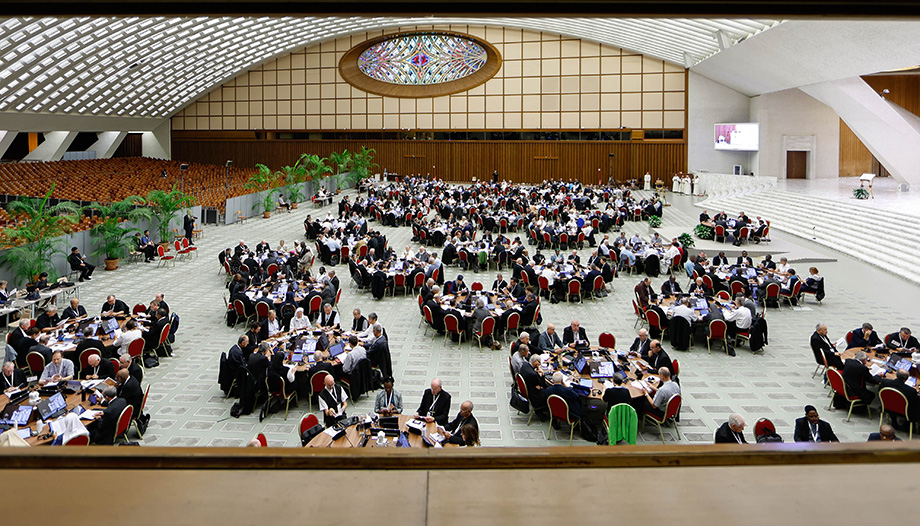





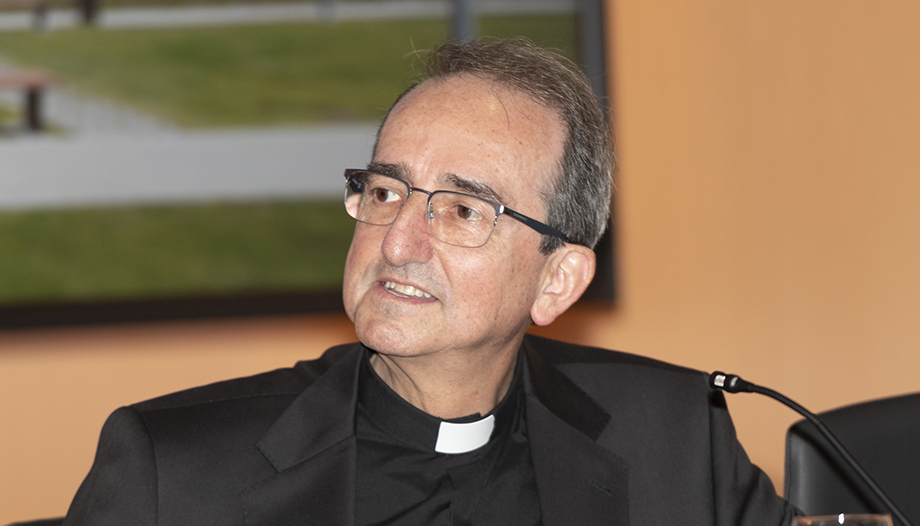
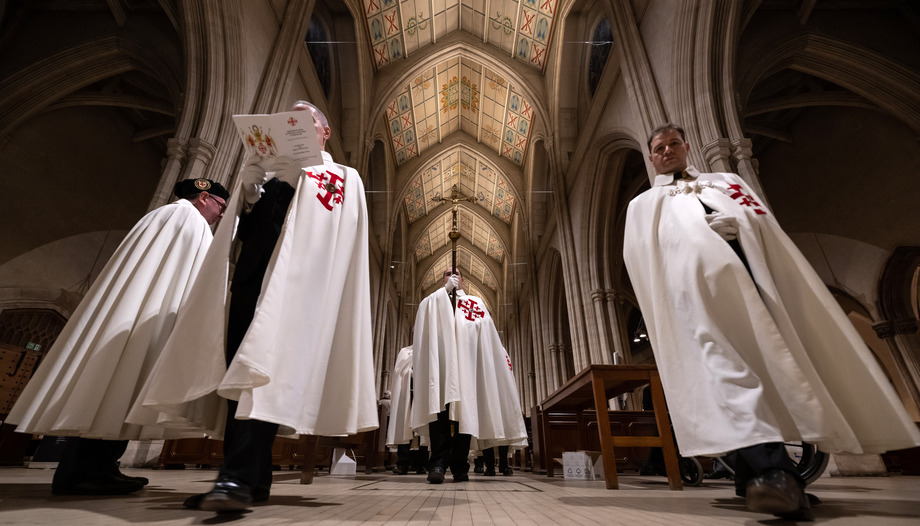
 The Order of the Holy Sepulcher assists the Latin Patriarchate of Jerusalem
The Order of the Holy Sepulcher assists the Latin Patriarchate of Jerusalem